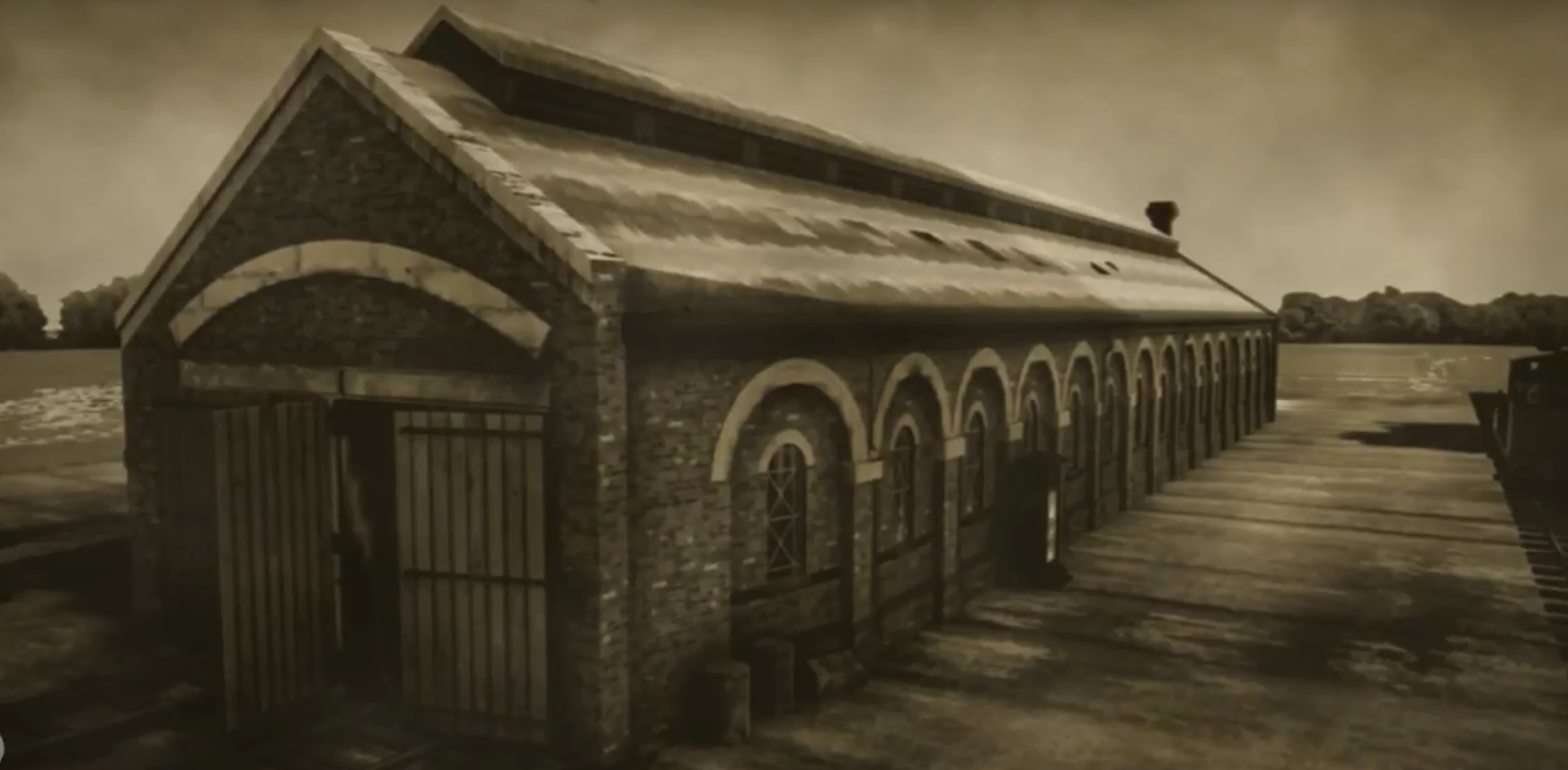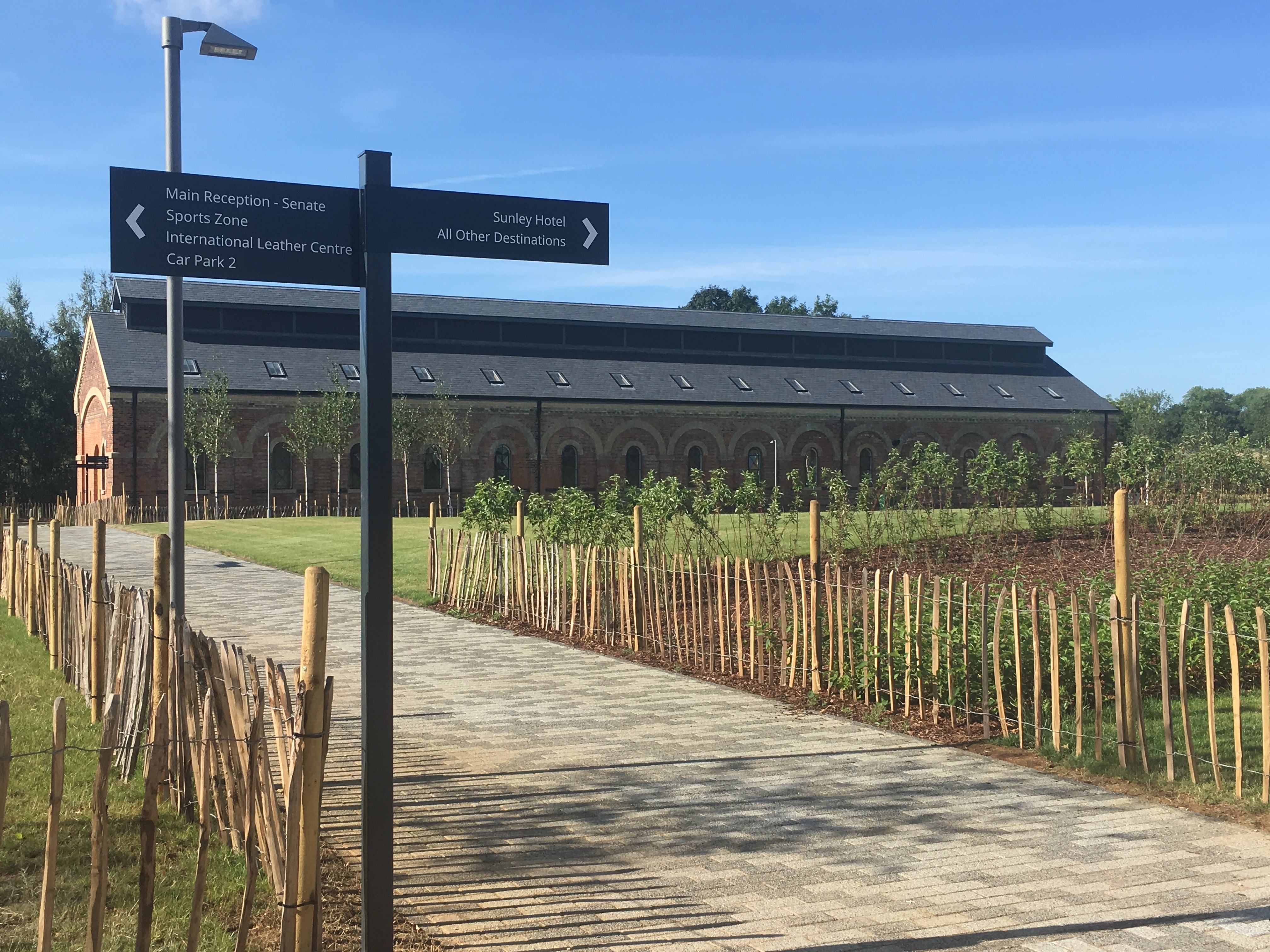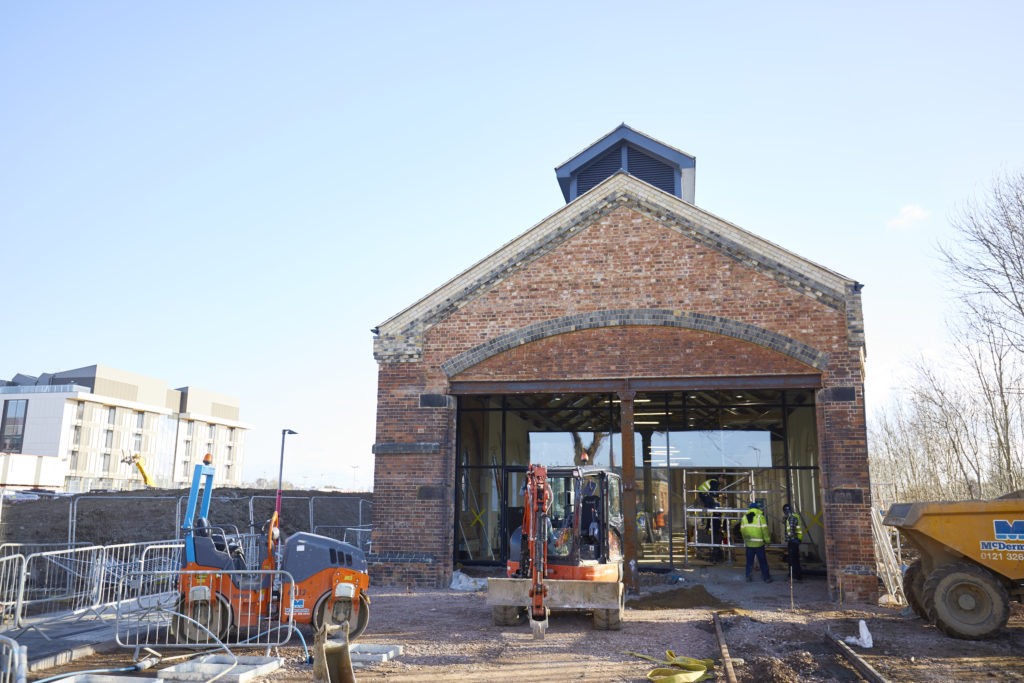A new paper by Ofori-Attah, E., Wang, X. and Opoku Agyeman, M. (2018) A survey of system level power management schemes in the dark-silicon era for many-core architectures. EAI Endorsed Transactions on Industrial Networks and Intelligent Systems. 5(15) 2410-0218.
https://doi.org/10.4108/eai.19-9-2018.155569
Abstract:
Power consumption in Complementary Metal Oxide Semiconductor (CMOS) technology has escalated to a point that only a fractional part of many-core chips can be powered-on at a time. Fortunately, this fraction can be increased at the expense of performance through the dark-silicon solution. However, with many-core integration set to be heading towards its thousands, power consumption and temperature increases per time, meaning the number of active nodes must be reduced drastically. Therefore, optimized techniques are demanded for continuous advancement in technology. Existing efforts try to overcome this challenge by activating nodes from different parts of the chip at the expense of communication latency. Other efforts on the other hand employ run-time power management techniques to manage the power performance of the cores trading-off performance for power. We found out that, for a significant amount of power to saved and high temperature to be avoided, focus should be on reducing the power consumption of all the on-chip components. Especially, the memory hierarchy and the interconnect. Power consumption can be minimized by, reducing the size of high leakage power dissipating elements, turning-off idle resources and integrating power saving materials.
Full paper:
http://nectar.northampton.ac.uk/10526/1/A%20Survey%20of%20System%20Level%20Power%20Management%20Schemes%20in%20the%20Dark-Silicon%20Era%20for%20Many-Core%20Architectures.pdf
All views and opinions are the author's and do not necessarily reflected those of any organisation they are associated with. Twitter: @scottturneruon
Computing within Northamptonshire is dynamic with interests in many aspects of computing and engineering. All views are the author and the site is the property of the author.
Wednesday, 31 October 2018
Thursday, 11 October 2018
Games Art students offer a virtual vision of new campus’s heritage
Taken from https://www.northampton.ac.uk/news/games-art-students-offer-a-virtual-vision-of-new-campuss-heritage/



All views and opinions are the author's and do not necessarily reflected those of any organisation they are associated with. Twitter: @scottturneruon

A virtual version of an historic building at the University of Northampton’s new Waterside Campus has been created by a team of talented Games Art students.
The Engine Shed is a Grade II-listed former railway building which has been restored with the help of a £1.3m Heritage Lottery Fund to become the new home of the University’s Students’ Union.
The rich heritage of the building, which was built in 1873 and decommissioned in 1965 before becoming a welding school, has been brought back to life in a 3D environment created by students, including Fiona Galloway and Ryan Gaveglia.
The video, which is being shown on screens in the Engine Shed, recreates the building as it was in the 1900s-1920s, and includes a locomotive from the era.
The project was created from architectural plans of the era, and photographic archives.
Fiona, who is in her final year of the Games Art course and modelled the locomotive, said: “I am very proud of my contribution to this project and seeing the video in the Engine Shed makes me proud to have been part of it.
“At the time this was the most complicated prop I had ever attempted to model and it was a real challenge, particularly because it was difficult to find high quality reference photos. But I am very pleased with the way the finished model looks.”

Fiona, who harbours ambitions of forging a career in the video games industry after she graduates, added: “Games Art is a fantastic course, our lecturers are good at giving advice and explain everything clearly. The course is very challenging so support from both lecturers and fellow students is crucial to being able to produce the best work possible.”
The Engine Shed was constructed in 1873 at the junction of the main London and North Western Railway line and the former Northampton branch line.
Northampton’s Engine Shed was decommissioned in 1965 and converted into a Regional Civil Engineers Welding School by British Rail.
In 1998 the welding school was taken out of action and two years later a fire damaged some of the shed’s structure. The building continued to decline as it was left open to the elements, before the Students’ Union commissioned its restoration, which was completed in 2018, in time for the new academic year.

The Engine Shed undergoing restoration in February 2018
All views and opinions are the author's and do not necessarily reflected those of any organisation they are associated with. Twitter: @scottturneruon
Thursday, 4 October 2018
Visualising the Research 2: Future Lab
In a previous post I looked a group of computing researchers based at the University of Northampton, and their connections graphically. Details can be found at https://computingnorthampton.blogspot.com/2018/08/visualising-research-1-visuallising.html
In this post, the same ideas are applied to a group of three academics (Dr Scott Turner, Dr Cristina Devecchi and Dr Ali Al-Sherbaz) in the process of forming a new group Future at University Northampton Lab or FUN Lab.Method.
This is the easiest part, in this case, because the data comes from the repository we just need it in a form suited to the tools that follow.
- Going to each of the Author's lists and removing the duplicates in Reference Manager/.RIS format, produce a single list ready for the next stage.
- apply VosViewer (http://www.vosviewer.com/). Once the software is running, find the create button and then load the .RIS file from the previous stage.
-save map produce as a Pajek network file using the save button on the lefthand menu and select the option.
In this post, the same ideas are applied to a group of three academics (Dr Scott Turner, Dr Cristina Devecchi and Dr Ali Al-Sherbaz) in the process of forming a new group Future at University Northampton Lab or FUN Lab.Method.
This is the easiest part, in this case, because the data comes from the repository we just need it in a form suited to the tools that follow.
- Going to each of the Author's lists and removing the duplicates in Reference Manager/.RIS format, produce a single list ready for the next stage.
- apply VosViewer (http://www.vosviewer.com/). Once the software is running, find the create button and then load the .RIS file from the previous stage.
-save map produce as a Pajek network file using the save button on the lefthand menu and select the option.
Results
The graph indicates links between the three leads, and based on previous publication co-authors possible connections to a further 116 other authors. Also the tool indentify potentially 32 sub-groups (clusters) within the data varying, in terms of number of publications in a cluster, from three cluster with only one output to on cluster with eleven outputs.
Based on words in the Title and abstracts of outputs, words that appear in more than three outputs are shown below.
Showing an interesting diversity of terms.
All views and opinions are the author's and do not necessarily reflected those of any organisation they are associated with. Twitter: @scottturneruon
Subscribe to:
Posts (Atom)



